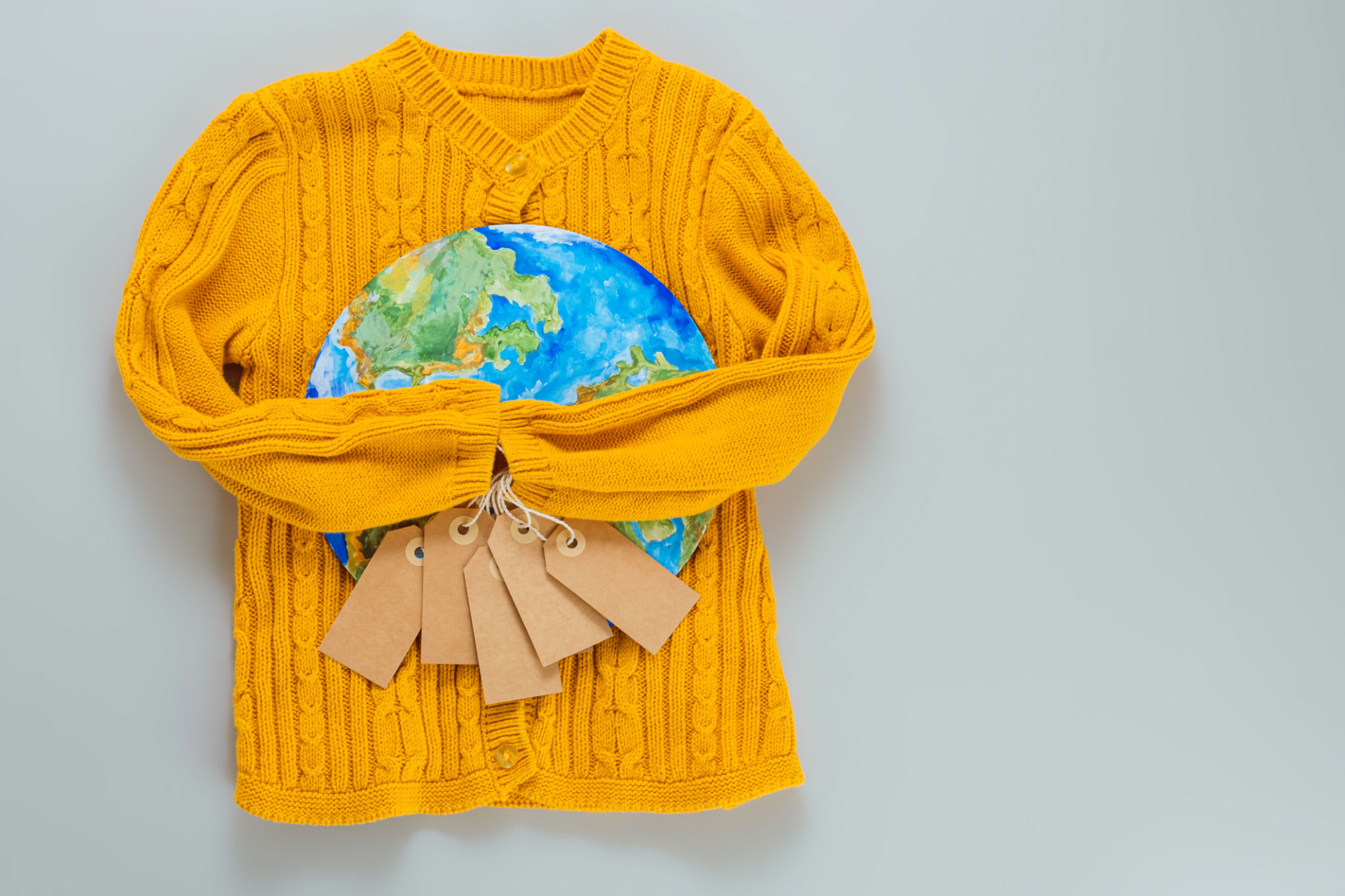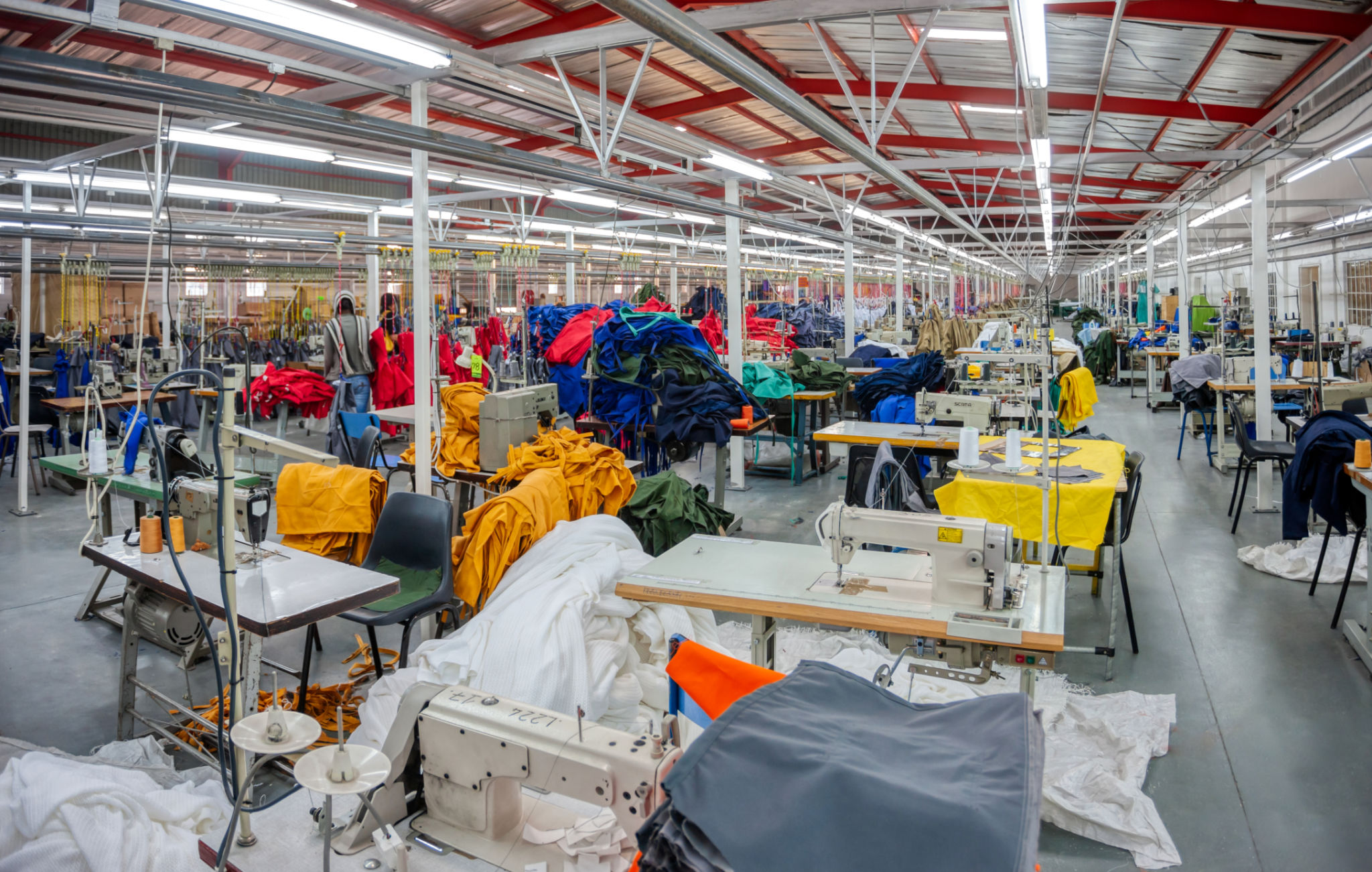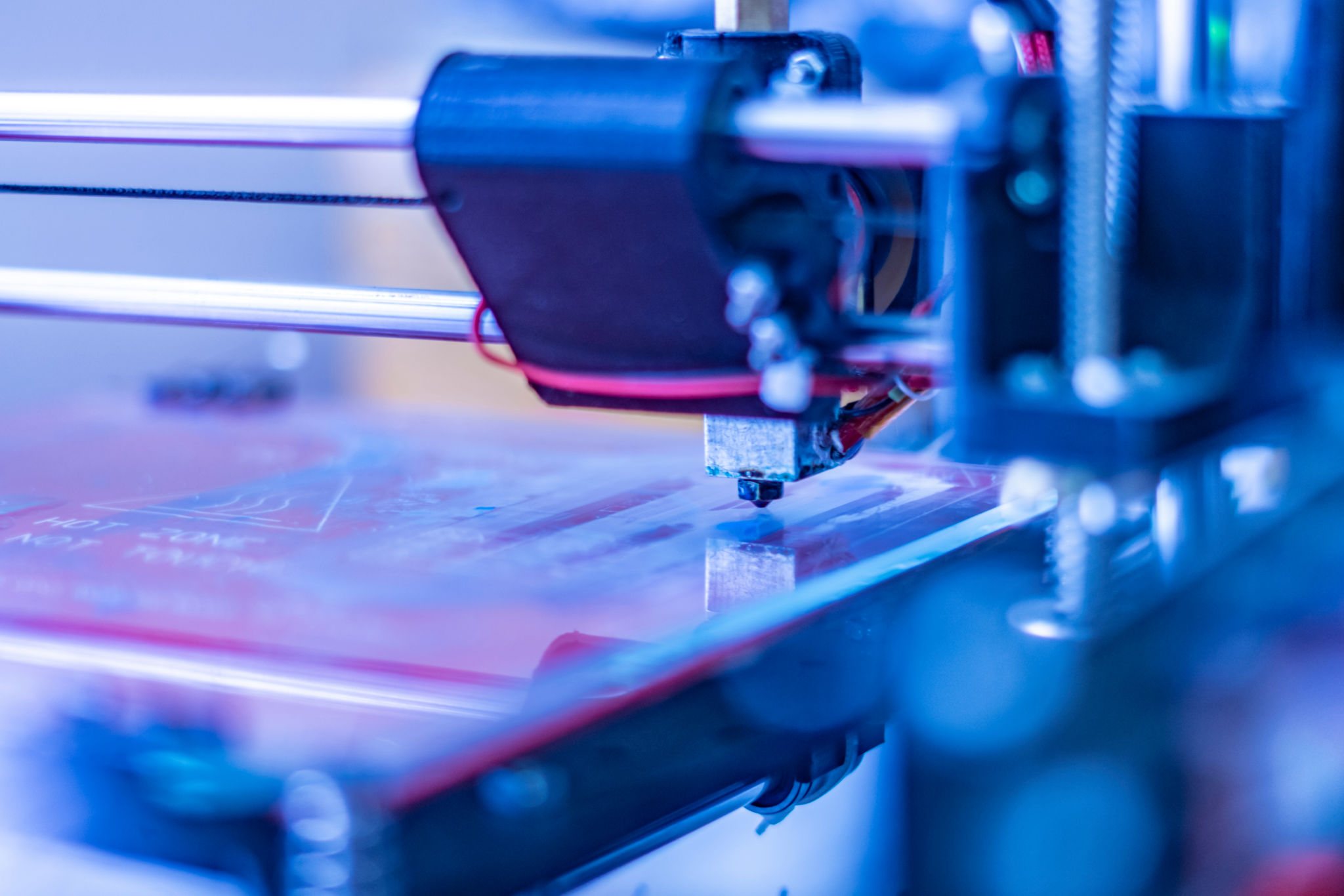Top Trends in Fashion Manufacturing: What to Expect Next
Fa
The Rise of Sustainable Materials
As the world becomes more environmentally conscious, fashion manufacturing is increasingly embracing sustainability. One of the most significant trends is the use of sustainable materials like organic cotton, bamboo, and recycled polyester. These materials not only reduce the carbon footprint but also appeal to eco-conscious consumers. Companies are investing in research and development to create innovative fabrics that are both sustainable and high-quality.
Furthermore, brands are adopting circular fashion models, where garments are designed to be reused and recycled. This approach minimizes waste and extends the lifecycle of products. The focus on sustainability is not just a trend but a fundamental shift in how fashion companies operate.

Technology Integration in Manufacturing
Technology is revolutionizing fashion manufacturing, with automation and digitalization leading the charge. Automation in production processes increases efficiency and reduces errors. Robots and AI-driven machines are now a common sight in factories, handling tasks from cutting fabrics to sewing garments.
Digitalization is also transforming supply chains, offering enhanced transparency and traceability. Blockchain technology is being used to track the journey of materials from origin to finished product, ensuring ethical sourcing and production practices. This technological integration not only streamlines operations but also builds trust with consumers.

Customization and Personalization
Another significant trend in fashion manufacturing is customization and personalization. With advancements in technology, manufacturers can offer tailored products to meet individual customer preferences. This trend is driven by consumer demand for unique and personalized items that reflect their personal style.
Using data analytics and AI, companies can predict trends and customize offerings accordingly. Whether it's selecting specific colors, patterns, or fits, consumers now have more control over their purchases than ever before. This personalization extends beyond clothing to accessories and footwear, making it a comprehensive trend in the industry.
Local Production and Nearshoring
The pandemic highlighted vulnerabilities in global supply chains, prompting a shift towards local production and nearshoring. By moving production closer to home markets, brands can reduce lead times, improve quality control, and respond swiftly to market changes.
This trend not only supports local economies but also reduces the environmental impact associated with long-distance shipping. As consumers increasingly value locally-made products, this shift presents an opportunity for manufacturers to capitalize on the demand for regionally-sourced apparel.

Advanced 3D Printing Techniques
3D printing is gradually becoming a game-changer in fashion manufacturing. This technology allows for rapid prototyping, reducing time-to-market for new designs. Designers can experiment with intricate patterns and structures that would be impossible or costly with traditional methods.
The potential of 3D printing extends to creating customized garments on-demand, minimizing waste by producing only what is necessary. As the technology advances, we can expect to see more diverse applications in fashion manufacturing.

The Role of AI in Design
AI is not only transforming manufacturing processes but also influencing design decisions. Through machine learning algorithms, AI can analyze vast amounts of data to identify emerging trends and consumer preferences. This information helps designers create collections that resonate with target audiences.
Moreover, AI-powered tools enable designers to visualize their creations in virtual environments before moving to production, reducing costs and time associated with physical prototypes. The integration of AI into design processes is set to reshape how fashion collections are conceived and executed.
Impact of Smart Textiles
Smart textiles are an exciting innovation in the fashion industry. These textiles are embedded with technology that allows them to interact with the environment or user. For example, fabrics that change color with temperature or light exposure are gaining popularity.
Additionally, wearable tech integrated into clothing can monitor health metrics or enhance user experience through connectivity. As smart textiles become more sophisticated, they open new possibilities for functional yet fashionable apparel.

